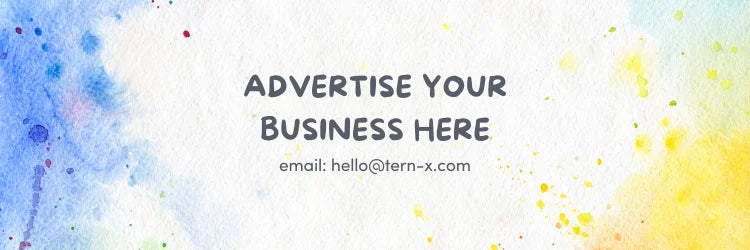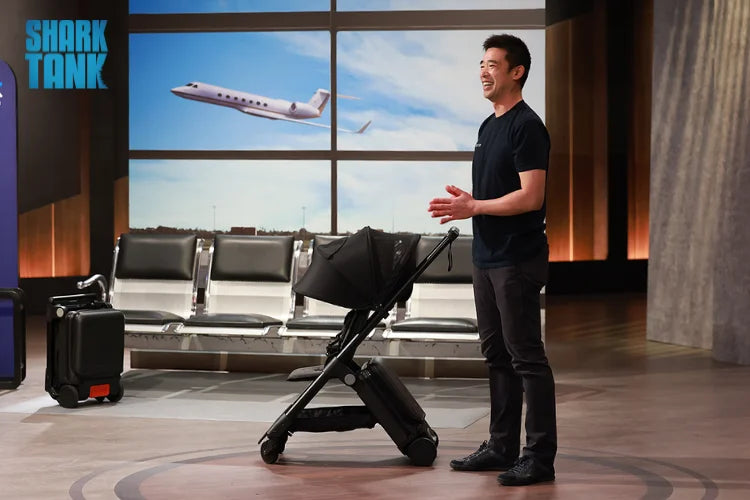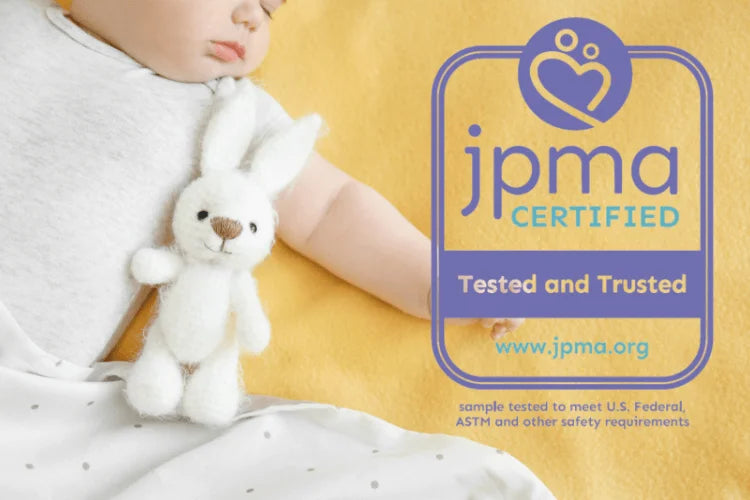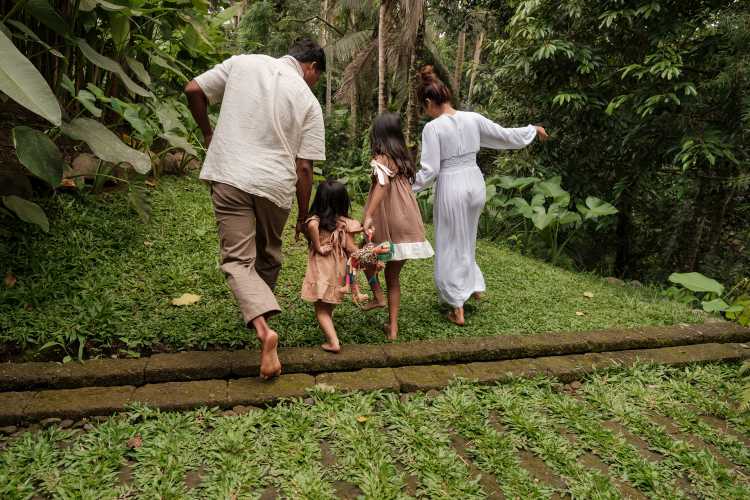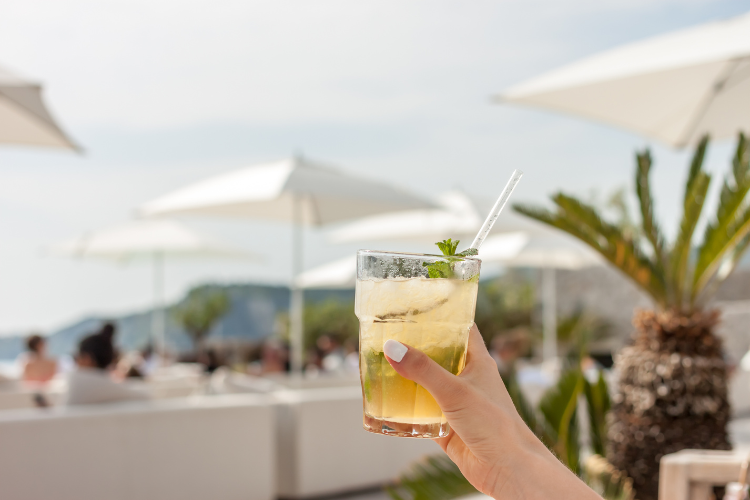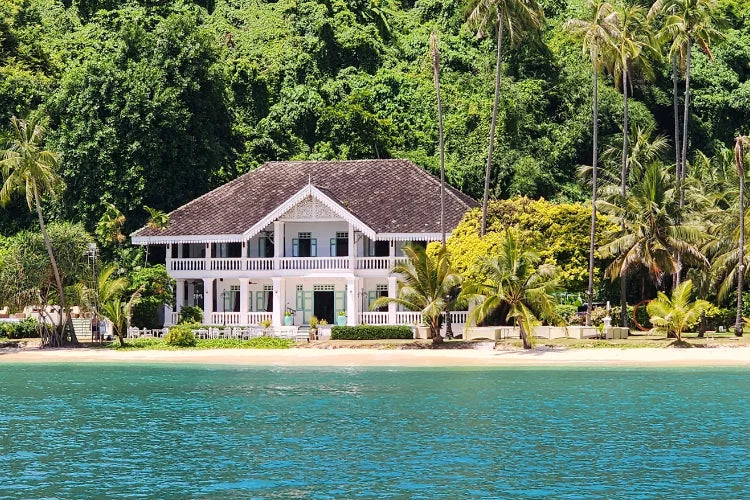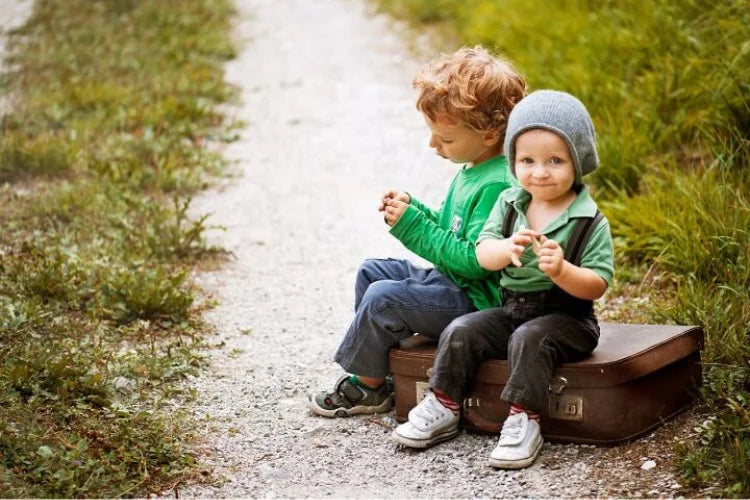Babies and pacifiers go together like honey and bears. For the latter, it’s instinct. For babies, it’s reflex. It’s a habit that babies develop in the womb and sticks with them until new curiosities lead to another and onto the next. But for a time, pacifiers are all the comfort they know. Most babies have a natural sucking reflex, and a baby pacifier helps satisfy this need.
Babies love pacifiers, especially those with plush animals or comforting designs, which make them more appealing and soothing. It’s also called soothers for a reason. Baby pacifiers are designed to help with self soothing, allowing infants to calm themselves independently. When choosing the right pacifier, parents should consider the variety of baby pacifiers available and select one that best fits their baby’s needs.
If you are looking for best silicone snack cups, read here. You can also read up on baby travel essentials to help simplify your family travels.
What is the Purpose of a Pacifier?
Pacifiers are a staple in many families’ baby care routines, offering a simple way to soothe and comfort little ones. For breastfed babies, pacifiers can help satisfy their natural sucking reflex even after feeding, providing extra comfort between nursing sessions. The American Academy of Pediatrics highlights that pacifier use at nap and bedtime can help reduce the risk of sudden infant death syndrome (SIDS), making them a valuable tool for parents. [1]
However, not all pacifiers are created equal. Choosing the right pacifier is essential for supporting your baby’s healthy oral development and ensuring safety. When selecting a pacifier, consider factors like material, design, and size to match your baby’s age and developmental needs so that you can feel confident in your choice for your baby’s well-being.
What to Look Out for When Choosing a Pacifier?
Safety has to be at the top of concerns when choosing a pacifier. Are the materials safe? Is the size just right? Does it have small, detachable parts that can become a choking hazard? In many ways, choosing a pacifier for your baby is a lot more delicate and involved than it sounds. But don't you worry, because we've got you covered just the same!
Best Materials for a Pacifier
It's important to consider the materials involved in making the pacifier since it goes directly into the baby's mouth and often touches their skin.
Natural Rubber
All things considered, there's a reason why natural rubber is used to make the best non-toxic pacifiers today. It's hypoallergenic and free of common chemical or synthetic additives that can trigger allergic reactions and side effects. There's also the natural softness that natural rubber has, which is said to mimic the texture of a mother's breast. In turn, this makes the transition easier for newborns and babies who rely on instinct and reflexes.
Materials to Avoid in a Pacifier
PVC
Polyvinyl Chloride (PVC) is a type of plastic that may contain phthalates and other harmful compounds. For us, we generally recommend against using baby products made in PVC, especially pacifiers.
Synthetic latex
Latex seems harmless as a natural material, but some babies are actually allergic to it. Synthetic latex, on the other hand, is not as healthy and comes with additional risks. Plus, it has a harder texture and less biodegradable than a natural latex.
BPA
BPA is another chemical involved in the production of certain plastics. It has, however, raised alarm bells for being linked to damaging hormonal effects. The good news is that many manufacturers now produce BPA-free baby products, including soothers. [2]
Synthetic dyes
Some pacifiers in the market may be colored or even flavored, but these additives can potentially cause allergic reactions and do more harm than comfort. For best practice, we recommend choosing clear and unflavored pacifiers instead.
Parabens
Parabens can be used effectively in shutting down the growth of bacteria and mold in personal products and common household tools. However, it's also prone to cause allergic reactions and irritation. As such, we don't recommend this material lightly. [3]
Phthalates
Phthalates are chemicals known for making plastics more flexible. Researchers have already warned against the potential health risks associated with exposure to phthalates, so choosing a phthalate-free pacifier is now a no-brainer. [4]
What are the Benefits of Natural Rubber Pacifiers?
Natural rubber is used to create a non-toxic pacifier that is sustainable, eco-friendly, biodegradable, and manufactured with minimal ingredients. On a personal level and practical terms, it's safer for babies, easier to dispose of and is naturally free of invasive compounds and chemicals.
How Often Should I Replace a Natural Rubber Pacifier?
Most companies recommend replacing their natural rubber pacifiers every 6 to 8 weeks, but this varies, of course, depending on the manufacturer! And you should always look for any signs of degradation and consider switching out a pacifier sooner if the unit is deemed unfit.
What is the Safest Pacifier for Babies?
A natural rubber pacifier (latex) is perfect for babies. However, a silicone pacifier isn't too far behind and is even more durable in some cases. Latex rubber is often the superior option as long your baby doesn't have a latex allergy.
Are Pacifiers Non-Toxic?
The eco-friendly natural rubber is non-toxic and free of harmful chemical compounds. The only downside with them is that they have a slightly shorter lifespan and are less sturdier than silicone pacifiers.
This website uses affiliate links which may earn a commission at no additional cost to you. As an Amazon Associate we earn from qualifying purchases.
Which Pacifiers Are Safe?
Hevea Pacifier
Age: Newborn, baby
Material: Natural rubber
What we like about it: We love HEVEA pacifiers because they are plant-based and vegan-certified! Full disclosure, you don't have to be a vegan yourself to appreciate this 100% BPA-free natural rubber that's also made without silicon, plastic and phthalate.

Ecopiggy Ecopacifier
Age: Baby, toddler
Material: Natural rubber
What we like about it: The Ecopiggy non-toxic soother is made without chemical softeners or colorants. We especially like the simple and natural-colored design that exudes a perfect combination of style, form and fucntion. The pacifier clips are a little outdated, but it's manageable and remains easy to handle.
![]()
Philips AVENT BPA-Free Silicone Soothie Pacifier
Age: Newborn, baby
Material: Silicone
What we like about it: The tip is made of 100% food-grade silicone and the rest of the materials are BPA-free. The textured design that mimics a mother's breast also makes this one of the ideal options for a breastfed baby.

BibsUSA Natural Rubber Pacifiers
Age: Newborn, baby, toddler
Material: Natural rubber
What we like about it: The iconic look and charm of Bibs pacifier is sort of timeless. Material-wise, it's been updated to standard with natural rubber that is 100% made without harmful compounds like BPA, PVC and phthalates.

Frigg Natural Rubber Pacifiers
Age: Baby
Material: Rubber
What we like about it: The whimsical design of Frigg takes a bit of getting used to but it doesn't get in the way. The soft colors are warm to the eye and the thoughtful design ensures safe, unsupervised use at all times.

Itzy Ritzy Natural Rubber Pacifiers
Age: Newborn, baby
Material: Natural rubber
What we like about it: Itzy Ritzy's lively colors add a nice touch to an ever-essential pacifier. But aside from that, it doesn't offer anything new that jumps out. And that's not necessarily a bad thing! It checks all the boxes you want from non-toxic pacifiers and offers an excellent design to boot.

Sweetie Natural Rubber Pacifiers
Age: Newborn, baby
Material: Natural rubber
What we like about it: Sweetie is a legacy brand that's also done well to update their pacifier to use more eco-friendly and non-toxic materials. The design looks generic, but it's practical nonetheless, as it is safe, simple and breathable.
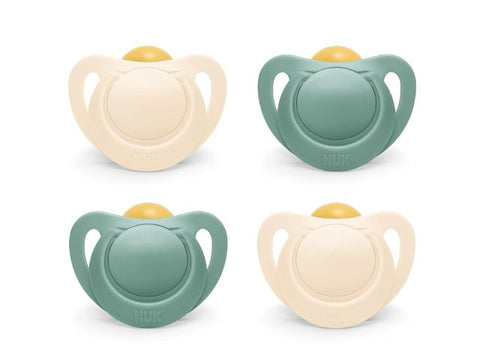
NUK for Nature™ Natural Rubber Pacifier
Age: Baby, toddler
Material: Natural rubber
What we like about it: Nuk for Nature is made of natural rubber and the sustainable plastic. We like that the heart shape shielf fits under baby's nose for easy breathing.
What Pacifiers Do Hospitals Use?
Hospitals use pacifiers that are made of medical-grade silicone or natural latex. These materials are generally safe for babies and often manufactured without any trace of potentially harmful chemicals.
Thoughts on Best Non-Toxic Pacifiers
If you choose to introduce your baby to pacifiers, then we recommend sticking with natural rubber or latex. However, if they have latex allergy, then a silicone pacifier is also a great and overall safe alternative. To echo clinical recommendations, breastfeeding must first be established before seeing if your child is ready to welcome artificial nipples, including a pacifier and baby bottle.
Lastly, consider that pacifier usage is often recommended to be halted at around age two, in order to prevent dental issues and misaligned teeth. As always, we encourage you to follow our blog for more tips and updates on all things about baby essentials and best practices for taking care of your young ones.
If you're thinking of traveling with a little one, consider this multi-functional TernX travel stroller, a carry on luggage that turns into a stroller when needed. Feel free to check out this stylish travel diaper bag that is suitable for mom and dad who parents together.
Reference List:
[1] Smith R, Pacifiers and the reduced risk of sudden infant death syndrome, Paediatr Child Health (2020).
[2] Cimmini, Fiory and co., Potential Mechanisms of Bisphenol A (BPA) Contributing to Human Disease, International Journal of Molecular Science, (2020).
[3] Wei F, Mortimer M, and co., Parabens as chemicals of emerging concern in the environment and humans: A review, Science of The Total Environment Vol. 778, (2021).
[4] Wang Y, Phthalates and Their Impacts on Human Health. Healthcare (Basel), (2021).

